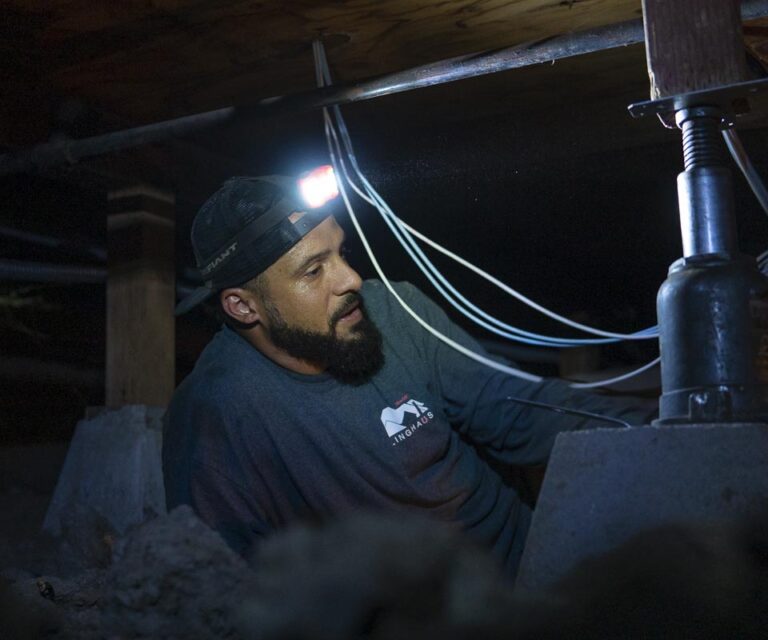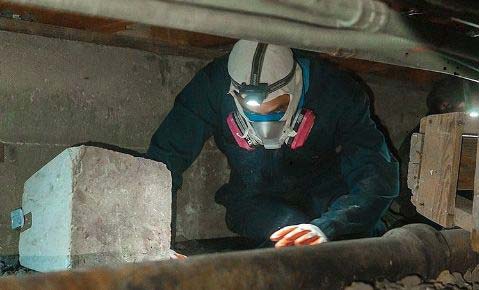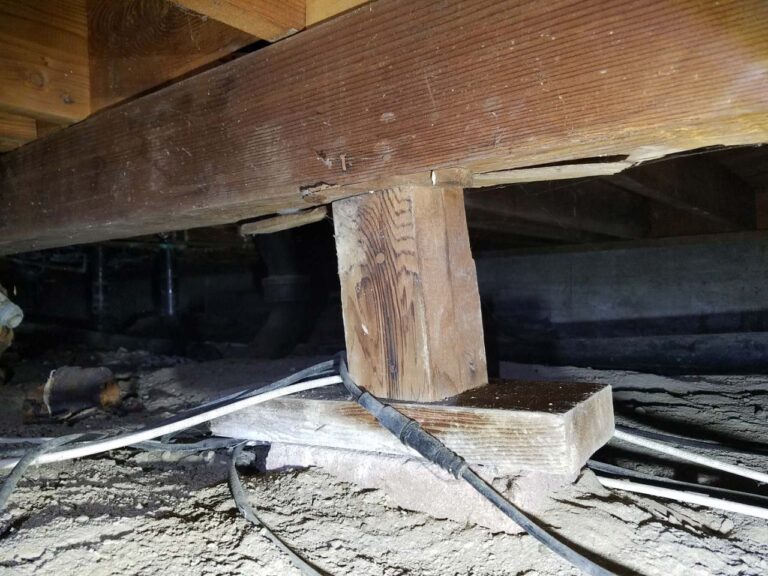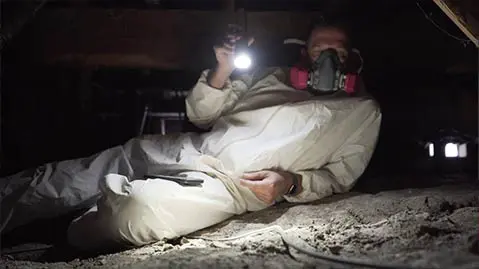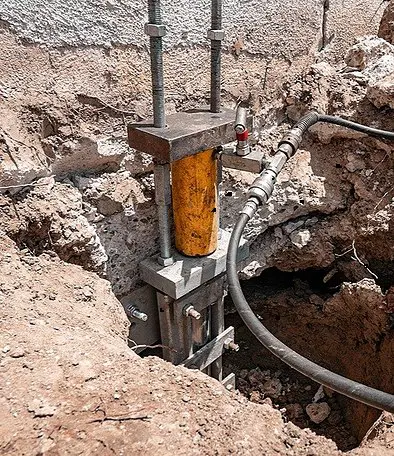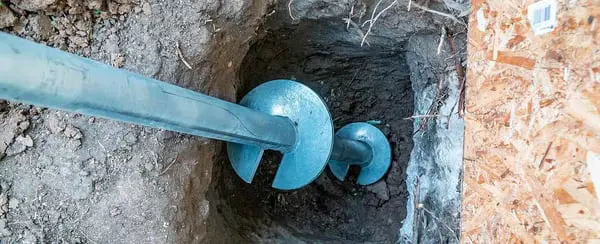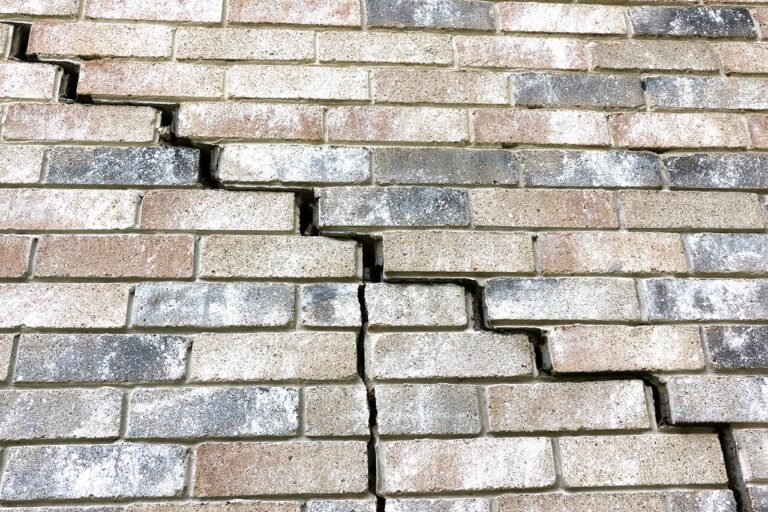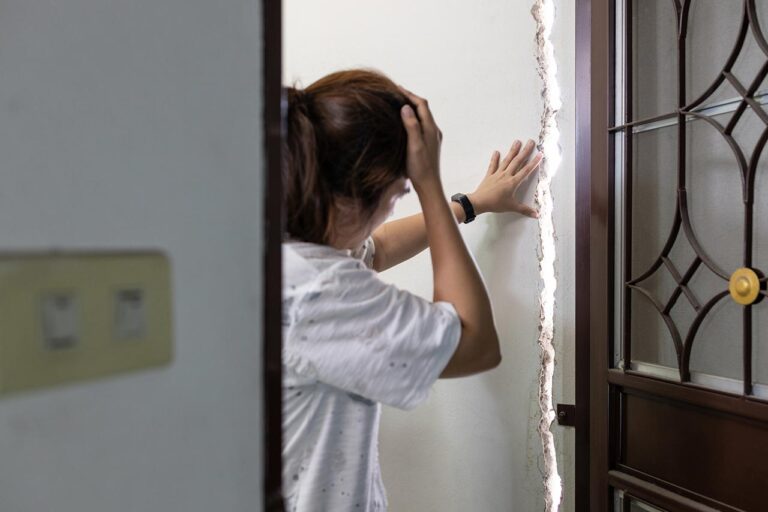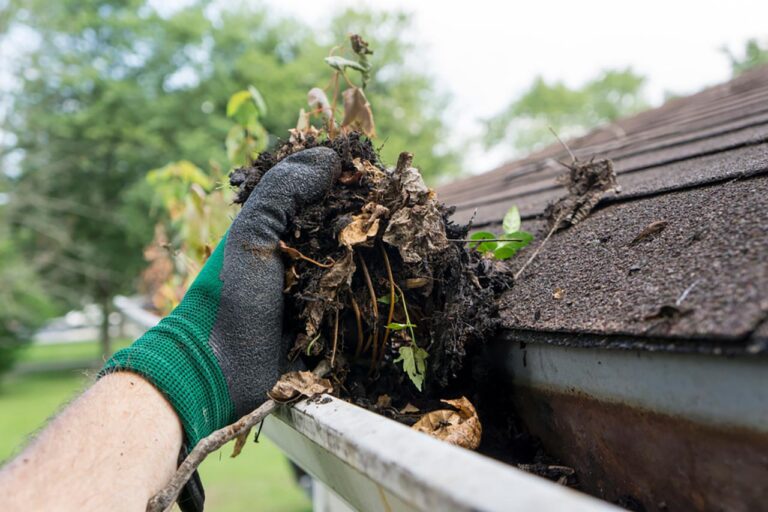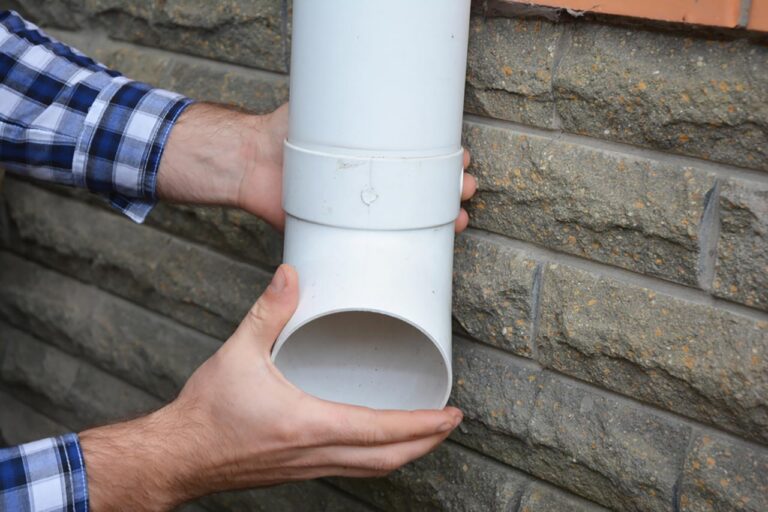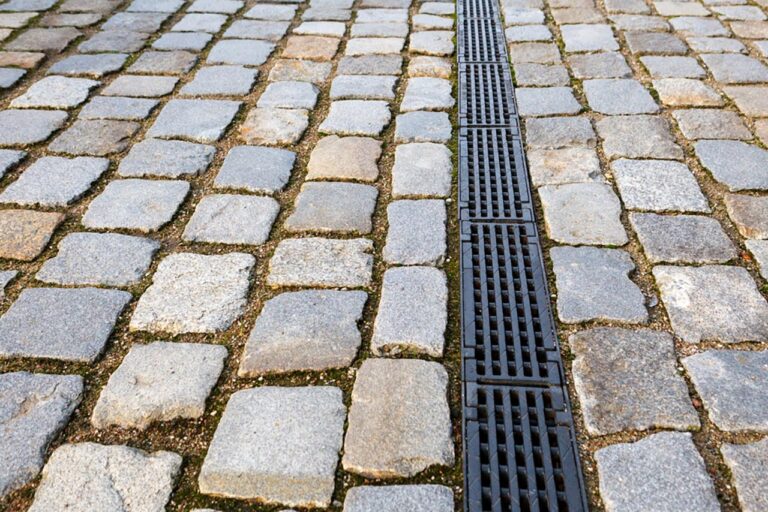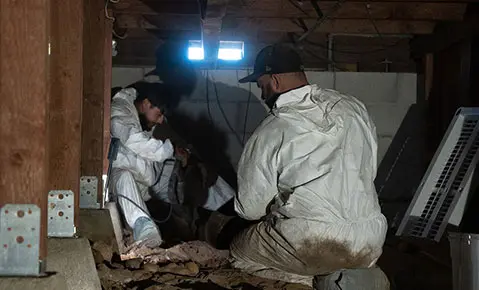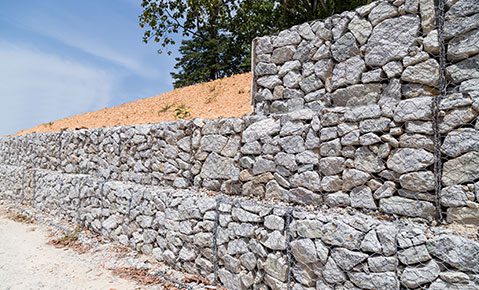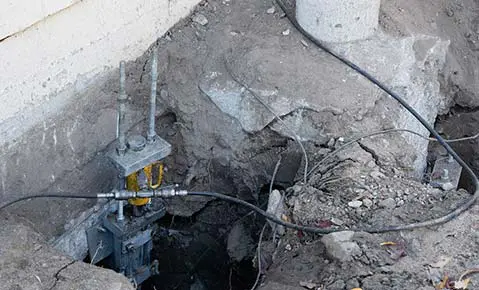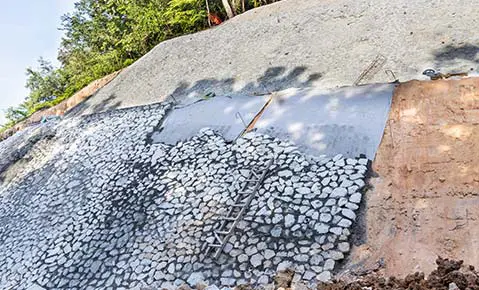Wondering what a pier foundation is? If so, don’t hit that back button because you’ve landed on the right page. This article will cover what a pier foundation is, how pier foundations are built, their pros and cons, and more.
What is a Pier Foundation?
A pier foundation is a foundation that lifts a structure off the ground creating a space underneath. You’ve probably seen houses near bodies of water raised high on piers. They look kind of like they’re sitting on a deck. Those are pier foundations. They protect homes from flooding and the rising tide. However, pier foundations aren’t just for structures near water…
When walls enclose the space underneath a pier foundation, it becomes a crawl space foundation, a type of pier foundation that sits between 18 inches and 3 feet off the ground. Until the 1960s, crawl space foundations were popular in the US. Although they aren’t as popular as they once were, they’re still being built today. Homeowners like pier foundations because they offer easy access to the home’s plumbing and wiring.
Older pier foundations were built with wooden piers. Today, concrete piers are more popular. Pier foundations are well-suited to regions with expansive soil because a structure sitting on a pier foundation is less affected by soil conditions and soil movement.
Our team working in the crawl space of a historic home in Riverside, California:
Pros of a Pier Foundation
The pros of a pier foundation include the following:
- Easy access to plumbing and wiring for repairs and maintenance
- You can use an encapsulated crawl space to store tools, holiday decorations, etc.
- Construction doesn’t require extensive excavation compared to basement foundations.
- The raised foundation protects the structure from water damage.
- The floor is more comfortable to walk on because there’s a small amount of give.
- Although a pier foundation costs more to build than a slab foundation, it’s less expensive than a basement foundation. Repairs to pier foundations are usually relatively easy. For example, you don’t need to break up a concrete slab to access a broken plumbing pipe.
Cons of a Pier Foundation
The cons of a pier foundation include the following:
- If there’s poor drainage around the foundation or problematic soil, the piers could settle into the ground. If this happens, you could notice uneven floors and other problems. However, this problem is not unique to pier foundations. Foundations of all types can experience settlement.
- Problems could also develop if the piers are spaced too far apart or if they’re too small.
- Wooden piers could develop wood rot. If this happens, it could affect the building’s structural integrity. However, most pier foundations today are built using concrete piers.
- Wood-eating pests like termites can affect the wooden structures in a crawl space—rodents with dangerous droppings are attracted to dark, damp areas like crawl spaces.
- A crawl space’s dirt floor allows moisture vapor in the soil to enter the crawl space and cause mold to grow. This is a problem because a percentage of air in the crawl space flows into the home’s living area via the stack effect. If the air is full of mold, this could aggravate allergies and cause respiratory issues for anyone living in the home. This is why crawl spaces should be encapsulated.
How Is A Pier Foundation Repaired?
How a pier foundation is repaired depends – of course – on what’s wrong with it. For example, are the piers settling into the soil, or is the perimeter wall experiencing settlement? Perhaps the problem isn’t settlement but deteriorated screw jacks. Here are a few possible repair solutions:
Push piers
Heavy-duty steel push piers are the most common method for repairing foundation damage caused by settlement. Brackets are attached to the bottom of the foundation, and then the piers are driven into the ground by a hydraulic ram until they reach load-bearing soil. After the piers are in place, the foundation is raised via a synchronized hydraulic lifting system. Underpinning a foundation using push piers is a fast and minimally-invasive procedure.
Helical piers
Helical piers are often used for new construction projects requiring a deep foundation system. However, they’re also used to repair lightweight structures experiencing foundation settlement. They’re shaped like corkscrews and turned into the soil to the necessary depth and torque specified by a geotechnical engineer. Once they’re in place, synchronized hydraulic jacks raise the structure.
Crawl space support jacks
Sometimes, what seems like a foundation problem with a pier foundation is really an issue with deteriorated screw jacks in the crawl space. Symptoms include a floor that feels spongy when you walk on it and furniture that shakes when you walk by. Fixing this problem often involves using the existing pier locks and simply removing and replacing the screw jacks.
Signs There Might Be A Problem With A Pier Foundation
Signs there might be a problem with a pier foundation include – but aren’t limited to – the following:
- Uneven floors
- Floors that feel spongy when you walk on them
- Windows and doors that don’t open and close properly
- Wall cracks
- Floor cracks
- Ceiling cracks
- Torn or wrinkled wallpaper (There might be a cracked wall behind the wallpaper)
- Ceilings and floors that are separating from the walls
- Moldings that are separating from the ceiling and wall
- Stair step cracks in brick or masonry
- Leaning chimneys or porches
If you see any of the above – or anything else that seems suspicious – contact an experienced foundation repair contractor in your area right away for an evaluation.
How To Prevent Problems With Your Pier Foundation
Since most foundation problems are caused by water, getting groundwater around your pier foundation under control is the best way to prevent issues. Here are a few ways you can do that:
Keep vegetation – flowers, shrubs, trees, etc. – away from the foundation.
Yes, they look pretty planted next to the foundation. However, when you water them, you’ll be adding water to the soil around the foundation, and this is what you don’t want to do.
Keep your gutters free of debris.
Clogged gutters can cause runoff to spill over the side of the house and soak the ground around the foundation.
Regrade your yard so that it slopes away from your home.
If the yard slopes toward your home, water will drain toward the foundation and soak the soil around it.
Use downspout extensions
to carry water at least four feet away from the foundation before releasing it.
Install an underground downspout and bubbler pot (also called a pop-up emitter).
Runoff from gutters flows into the underground downspout and toward the bubbler pot situated around 10 feet away from the foundation. When the pot fills with water, it pops up and releases the water away from the foundation.
Install a drain tile system.
Nothing beats a drain tile system when it comes to preventing excess moisture from building up in the soil around a foundation. There are exterior and interior drain tile systems, and most new homes built today include one. However, they can also be installed in existing homes.
If you believe your home might have a foundation problem and you’re in our service area in Southern California, and Arizona contact us today for a free evaluation. No hidden fees or pushy sales tactics, and we’ll contact you within 24 hours.

